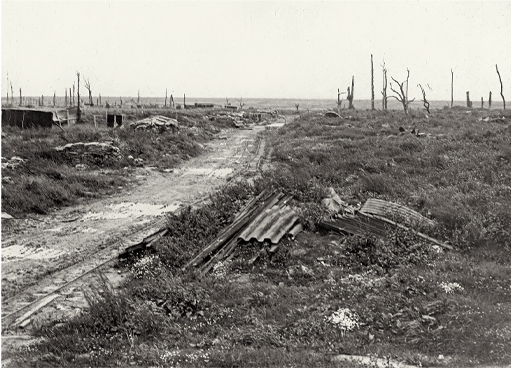3.1 Conflict
To begin this section, take a look at Activity 2.
Activity 2: Personal perceptions of conflict
What three words do you associate with conflict? Add these to the wordcloud below. Once you have added three words, click ‘Save Changes’ and then ‘Click here for the WORDCLOUD’ to see the results of everyone’s submissions.
(Note the following points: each word you add should be no more than 50 characters in length; the top 150 words only will appear in the generated wordcloud; if you are one of the first to add words, the cloud might still be quite empty – if so, you could return to this later to see the results after more words have been added.)
What terms dominate? Does anything surprise you?
Conflict is intrinsic to social interactions and is part and parcel of change and development processes. Conflict emerges where there is difference, disagreement or dispute of interests and /or perspectives between two or more people. Its presence causes changes in the dynamics of their behaviour at emotional, psychological and intellectual levels. What starts as a tension or dispute between a few can quickly draw in others and extend the sphere and range of interactions taking place. The impacts of conflict can range from destructive violence to constructive change, and at times, deconstruction is a necessary prelude to creating something different.
Violence and war are undoubtedly forms of conflict that are extremely damaging to all involved. The World Bank (2021) gives a figure of 800 million people affected today by social fragility and violence. Forced migration is a direct outcome of destructive conflicts. The UN Refugee Agency reported that the number of people forced to flee violent conflict, persecution, human rights violations and persecution had crossed the 100 million mark by May 2022, driven upwards by the war in Ukraine (2022) and other deadly conflicts (UNHCR, 2022).
However, conflict does not inevitably become destructive - it is a process that evolves over time and has a dynamic of its own. Ignoring or avoiding conflict does not address the reasons for its existence whereas active engagement creates opportunities for determining the course of its evolution.
Table 1 shows three broad levels of conflict processes - disputes, goal-based problems and identity conflicts. Addressing them requires different skills and approaches. In any social context, as in disputes over land ownership, all three processes may be at work.
| Conflict process | Examples | Intervention process |
| Disputes over resources and wants | Land ownership Investment choices Sharing of facilities |
Leadership Negotiation |
| Goal-based problems - difference in objectives | Priorities - who should be first in line for housing, health services, and funding etc. What counts as project success e.g. number of people in employment vs security of employment |
Facilitation of open discussion Mediation, Negotiation / compromise |
| Identity conflicts - deep-rooted | Cultural beliefs and traditions Language Historical and cultural links with place |
Mediation and creative engagement Finding ways of living with contradiction and disagreement |
Social conflict brings added complexity to any situation. Not only are conflicts taking place simultaneously at individual, family, group, local and national level, but within these different dimensions the conflict may be at different stages and heading in a range of directions involving escalation on a destructive path, or de-escalation towards settlement of conflict (Kriesberg, 2011). In other words, there is more than one conflict at play.
Here you have read a brief overview of the nature of conflict. When seeking an understanding of development processes, recognising the inevitable presence of conflict brings added uncertainty, unpredictability and complexity to the situation. Keeping the challenge of conflict in mind requires you to probe into the social nature of development and to recognise it as a process involving interactions, allegiances and oppositions between many individuals, groups and communities. All are intertwined and can work against or with each other.
For instance, national representatives involved in negotiations on reducing greenhouse gas emissions, need to juggle the conflicting demands of industries dependent on fossil fuel use, communities dependent on employment in such industries, and the increasingly urgent need to address climate change by reducing fossil fuel consumption. The SDGs themselves reflect such conflicts - SDG 8 target 8.1 seeks to sustain per capita economic growth whilst SDG 15, target 15.1 seeks to ensure the conservation, restoration and sustainable use of terrestrial and inland freshwater ecosystems. These are the very systems threatened by continued resource consumption and fossil fuel use.
Civil disobedience and protest marches are manifestations of non-violent conflict between sectors of a population and those in authority. Such conflicts are often emotionally highly charged and may involve a mix of participants with differing agendas. Inappropriate security responses, frustration, and / or infiltration by groups that advocate violence can change the dynamic from one of peaceful protest to one of violence and rioting.


